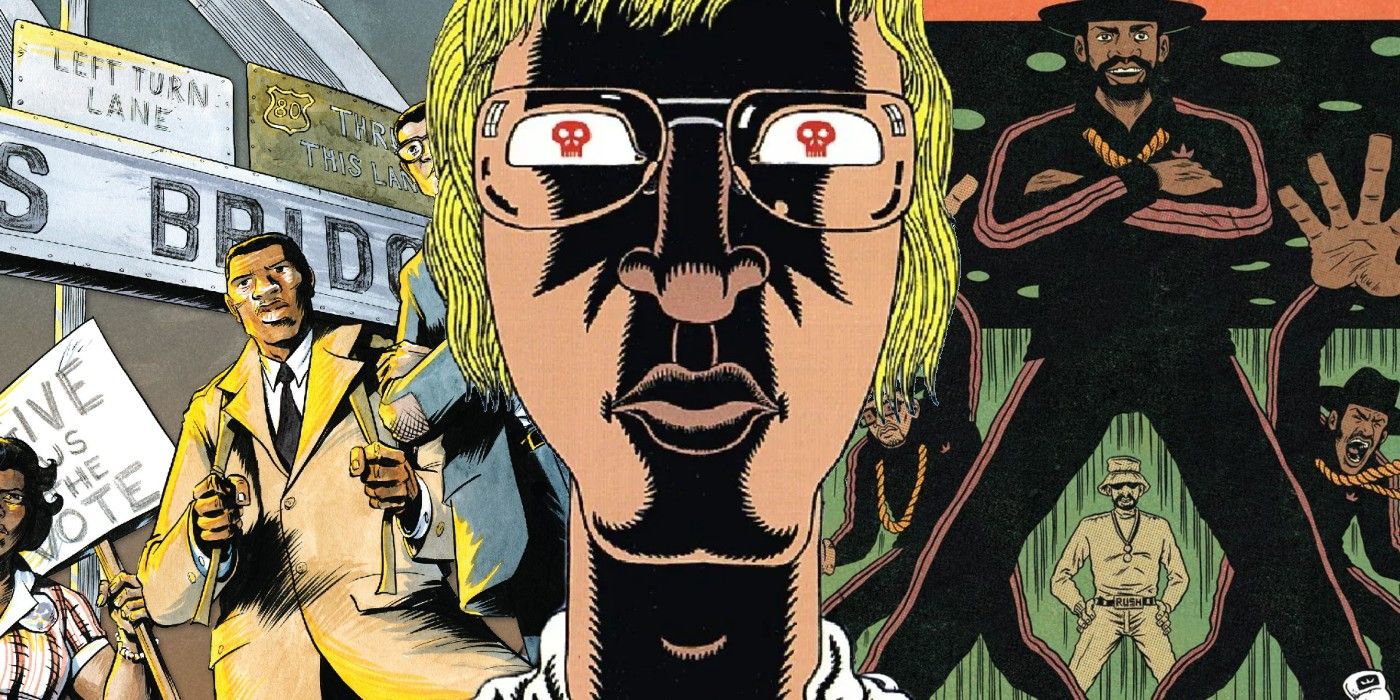
Documentaries are a wonderful way to learn about moments in history that we may not know too much about. They are also a great tool to learn about the lives of singular people, some famous, some infamous, and some who just have interesting stories to tell. These true stories about specific places, people, or things help us grow not only in intelligence but in empathy and understanding. We learn about the world around us by seeing it through the eyes of others.
And while comic books are best known for superheroes and wild action stories, many an artist has found the medium a helpful way to tell a tale from the world that many have missed. These comics don't get the coverage that Superman or Spider-Man might, but they fill an important space, helping those who read them see something new in a way no other medium can offer.
10 Laika Is All About A Very Good Dog
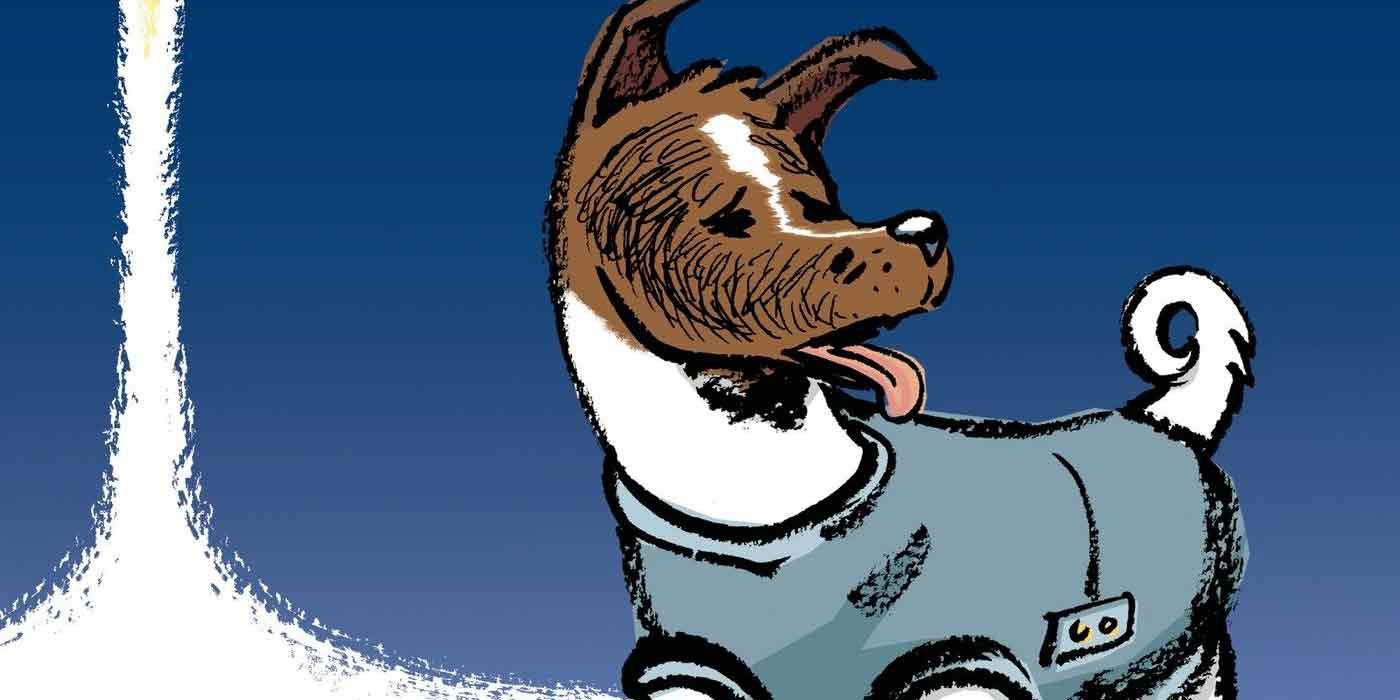
Mankind's journey into space is a well-tread topic in documentaries, but it isn't often that these films or specials look into the earliest days of the Russian space program. While Nick Abadzis's Laika isn't a fully truthful version of the events that led to a stray on the streets of Moscow becoming the first animal sent into Earth orbit, but the graphic novel does stay faithful to much of the story.
Laika explores not only the life of the famous dog but of the people who created the Soviet technology that sent her into space.
9 My Friend Dahmer Looks At The Life Before The Murders

True Crime documentaries are popular these days, and one of the best-known stories is Jeffrey Dahmer, the Wisconsin serial killer who took the lives of 17 men and boys over 13 years. While documentaries tend to focus on Dahmer's time as a killer, My Friend Dahmer, written and drawn by John "Derf" Backderf looks at the life of the killer during his high school years.
Backderf was classmates and friends with Dahmer and uses his personal experiences to give readers a look into the life of the teen who would become a monster in a way that no documentary could ever capture.
8 March Shows How Far We've Come, And How Far We Still Need To Go

Written by Congressman John Lewis and Andrew Aydin with art by Nate Powell, March is a series of three graphic novels that tell the story of the Civil Rights Movement through the eyes of the Congressman who lived through it.
By creating March, Congressman Lewis brought a vital part of American history to life in a fashion rarely attempted before. By putting the story into the form of sequential art, Lewis, Aydin, and Powell opened the fight for equality to a new generation of readers, giving them the knowledge they need to cause some of what Congressman Lewis called "good trouble."
7 Hip Hop Family Tree Stays On Beat
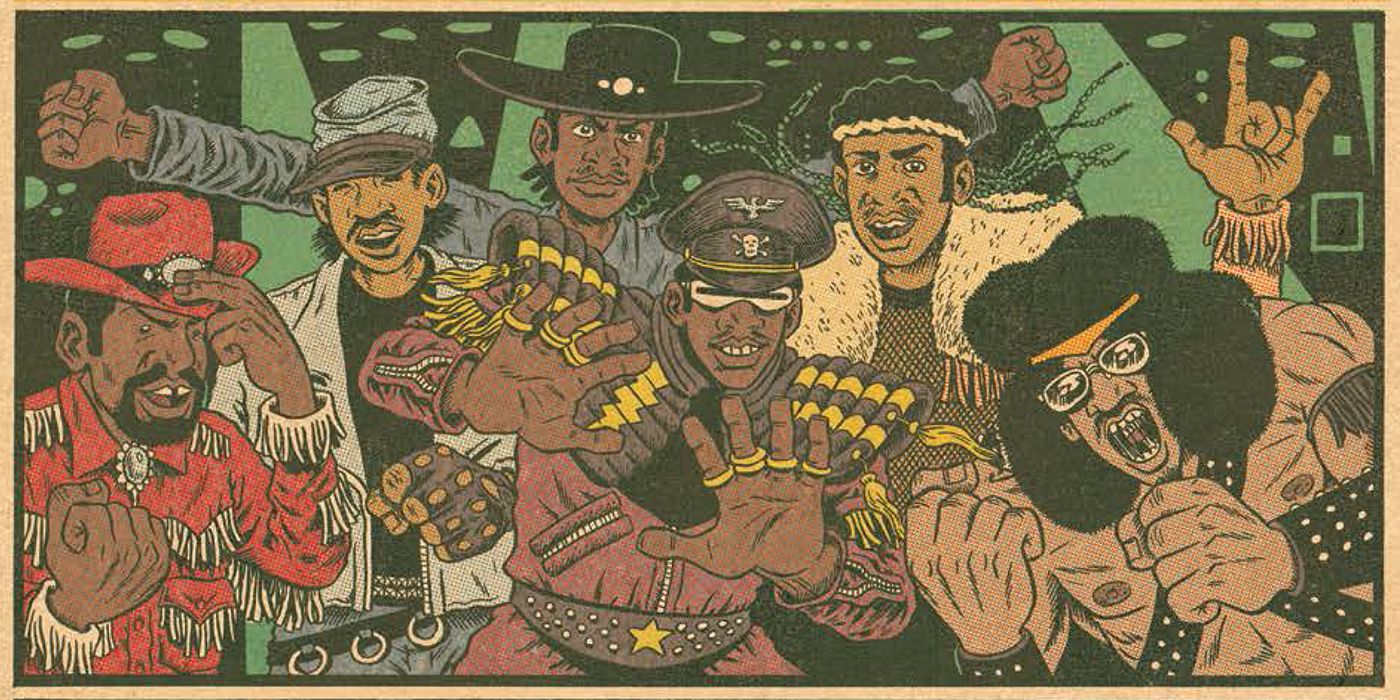
A truly American artform, Hip Hop has been the focus of numerous documentaries and movies, but few have been as in-depth or entertaining as Ed Piskor's Hip Hop Family Tree. Piskor's series covers many of the seminal moments from the first decade of Hip-Hop, all with a unique art style that calls back to the classic Marvel and DC comics of that time as well as the alternative styles of artists like Robert Crumb.
Hip Hop Family Tree sheds light on a period of music that was as important to the future of the medium as the British Invasion of the 1960s was, and it does it all with a style unlike any documentary out there.
6 The Loneliness of the Long-Distance Cartoonist Gives A Look At The Real Life Of An Artist
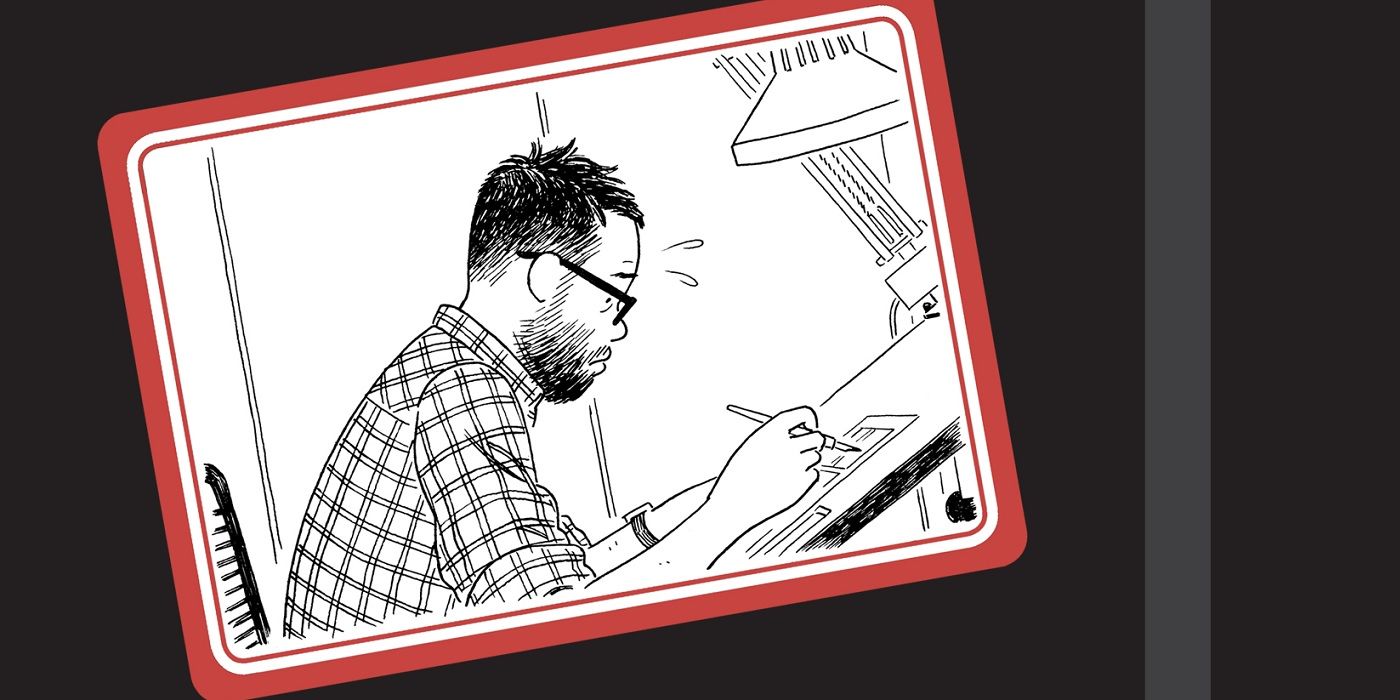
Adrian Tomine isn't a household name, and while he's been publishing his comics since he was a teen, he likely isn't a name most comic book readers know. His most famous work, Optic Nerve, didn't have superheroes or sci-fi adventure in it; it told the stories of regular people with regular lives.
Tomine's autobiographical graphic novel is titled The Loneliness of the Long Distance Cartoonist. In his latest work, Tomine looks over his career after suffering a medical emergency and wonders if all those hours hunched over a drawing table have been worth it. The Loneliness of the Long Distance Cartoonist is a look into the life of an artist that is rarely offered.
5 Our Cancer Year Is Full Of Heart And Grumpiness

Harvey Pekar, a writer out of Cleveland Ohio, became a well-known figure in the alternative comics scene thanks to his series American Splendor, which featured stories about his life.
In 1994, Pekar, along with his wife Joyce Brabner and artist Frank Stack released Our Cancer Year, a graphic novel chronicling Pekar's successful treatment for lymphoma and all the things he and Joyce went through in that time. Our Cancer Year would later be used as part of the 2003 film based on Pekar's life, American Splendor.
4 Fun Home: A Family Tragicomic Is All About Familial Bonds
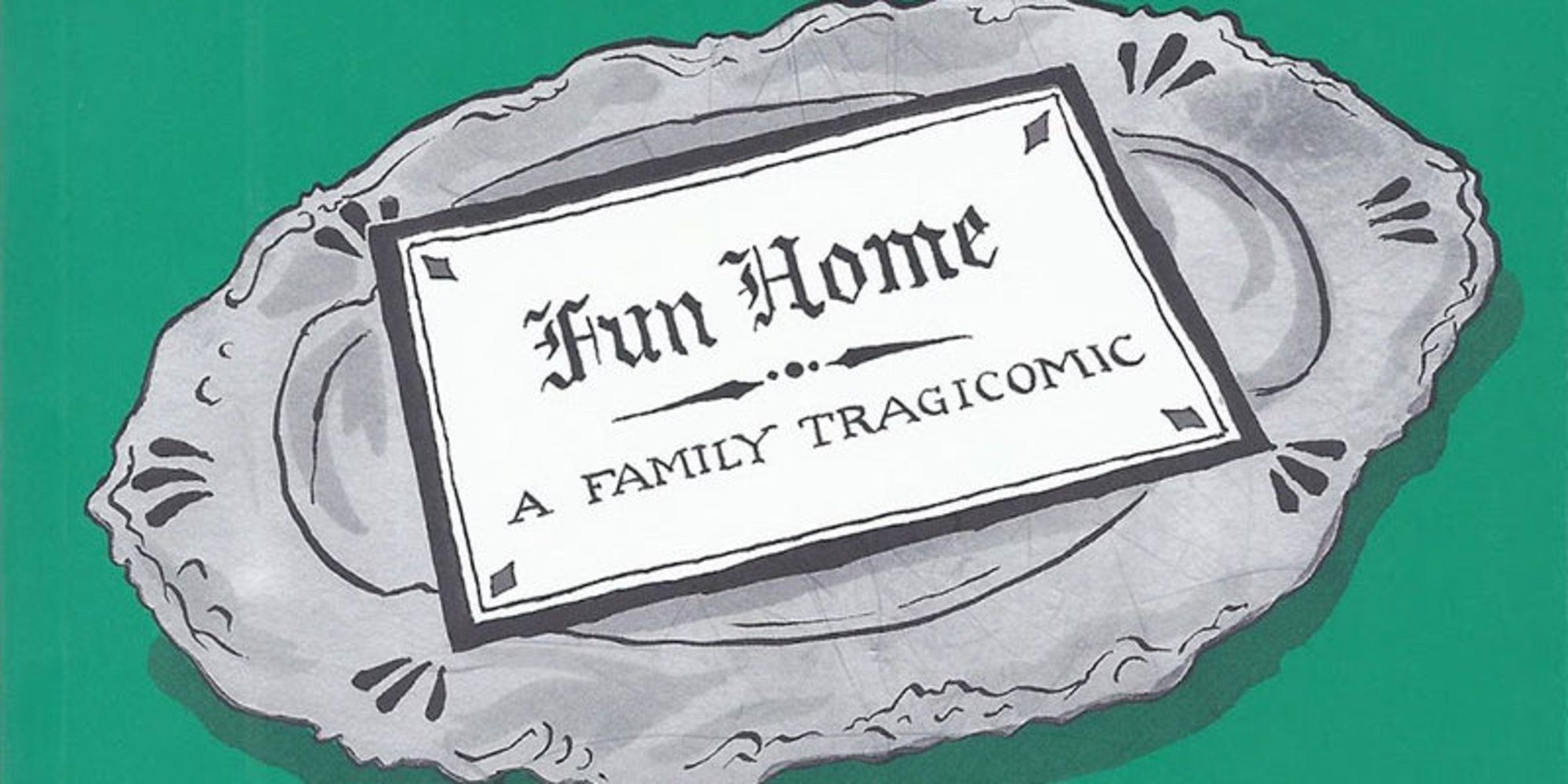
While she is best known for the Bechdel Test from her comic strip Dykes to Watch Out For, Alison Bechdel is most celebrated for her autobiographical graphic novel, Fun Home: A Family Tragicomic. In the graphic novel, Bechdel tells the story of growing up with her father Bruce, an English teacher and funeral home director who, shortly before his passing, revealed to his daughter that he was gay.
Fun Home: A Family Tragicomic is an equal parts funny and heartbreaking look into a young woman as she struggles with her own sexuality as well as her father's sexuality and death.
3 The Big Book Of... The Unexplained Looks At The Weird Things In Life
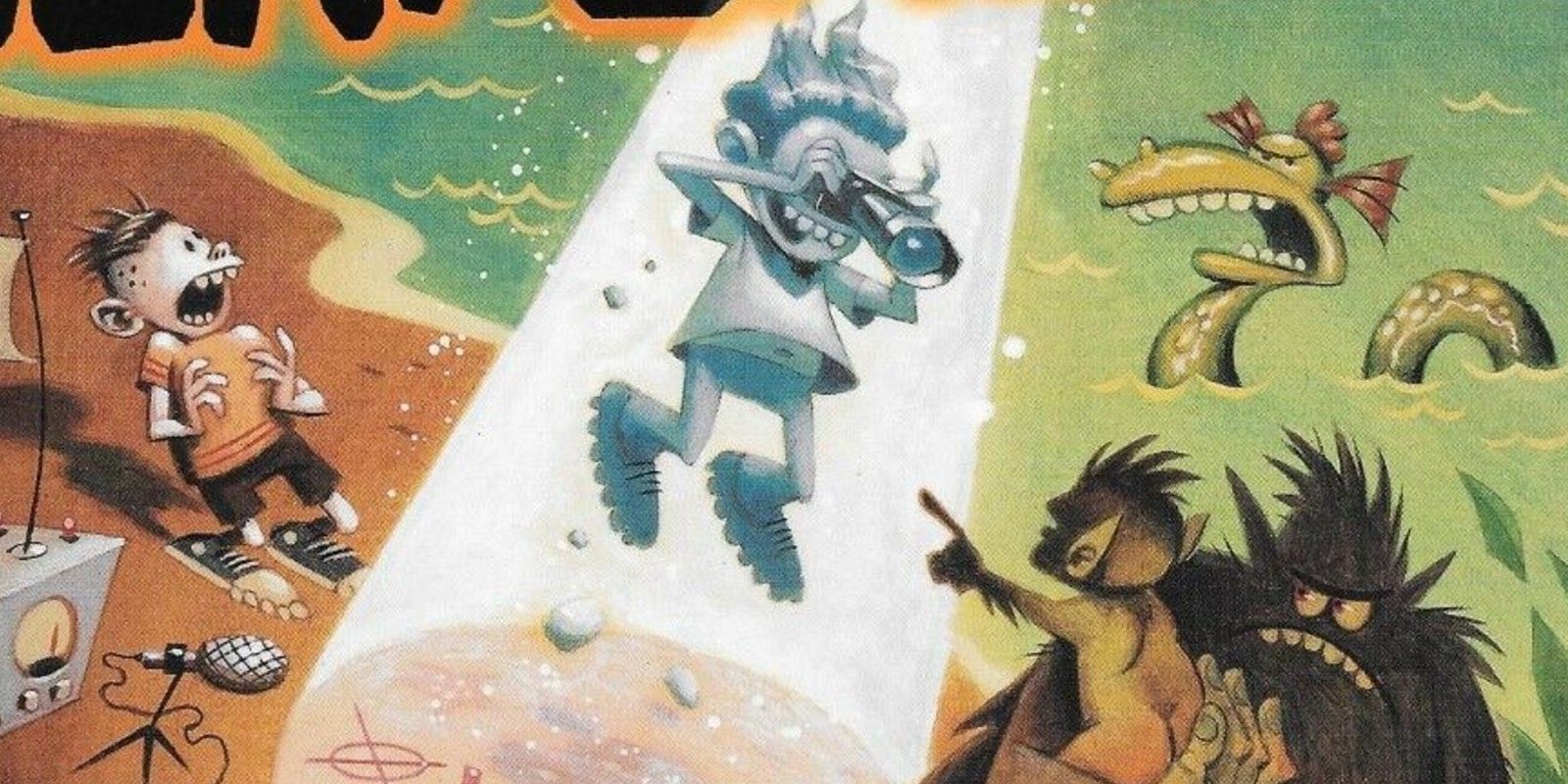
Documentaries about the paranormal and the unexplained are almost always popular. People love to learn or see things that go against what seems possible, and these documentaries cover those very things. In the 1990s, the DC Comics imprint Paradox Press released a series of graphic novels called The Big Book of... and one of the most popular was The Big Book of... The Unexplained.
This book, written by Doug Moench and illustrated by a number of artists, looked into "real-life" oddities like Bigfoot, alien abductions, mummy curses, and lost continents. The Big Book of... The Unexplained was a wonderful entryway to the weird things of the world for young readers. Sadly the entire Big Book of... series is out of print, but with any luck, they could show up on DC Universe Infinite sooner or later.
2 Pedro and Me: Friendship, Loss, and What I Learned Will Break Your Heart
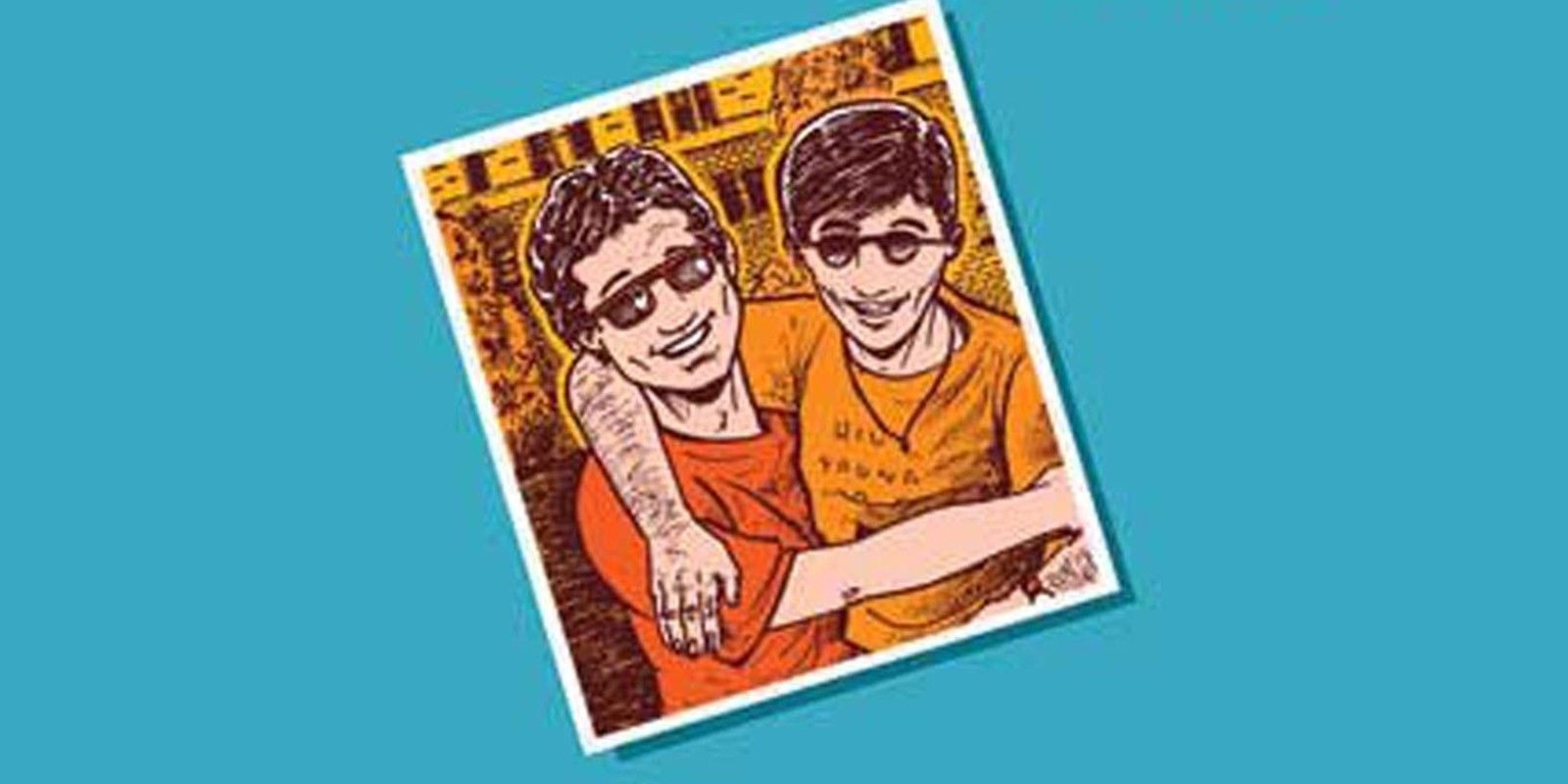
Before comic readers knew Judd Winick as the man who brought Jason Todd back to life, the writer and artist was best known for appearing on the MTV reality series The Real World: San Francisco. In his graphic novel, Pedro and Me: Friendship, Loss, and What I Learned, Winick tells the story of one of his Real World co-stars, Pedro Zamora.
Zamora was one of the first people to appear on TV to be open about being gay and living with AIDS. His story helped many come to see that those suffering from the disease were no different than them, leading to a better understanding of HIV. Winick's graphic novel helped keep Zamora's story in the public eye long after his death.
1 Last Day in Vietnam: A Memory Is About Stories Not Told
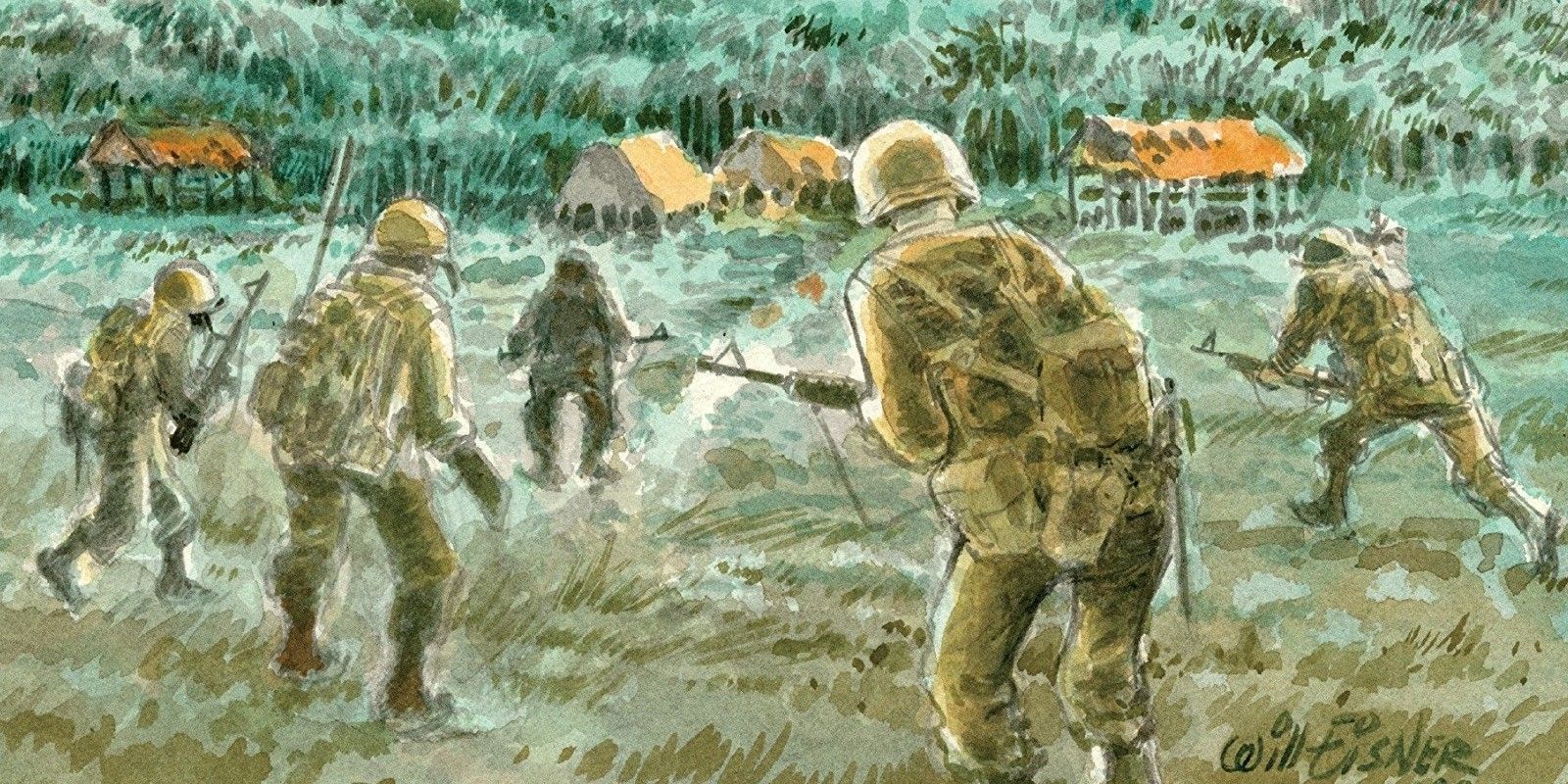
Will Eisner's work consistently evolved the art form in a way most other artists could only dream of. While it has never gotten the praise or attention of Eisner's A Contract with God, and Other Tenement Stories, Last Day in Vietnam was the artist's way of telling the stories (not of actual people but the types) of people he saw while working for P.S. Magazine during the Vietnam War.
Last Day in Vietnam is a collection of short stories, some humorous and others heartwrenching, about the daily lives of GIs in the Vietnam War, told in a way that only a master of the medium could do it.
0 Comments